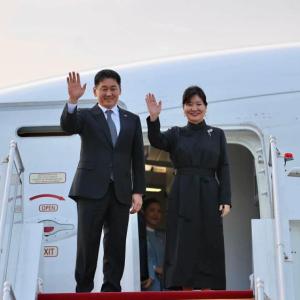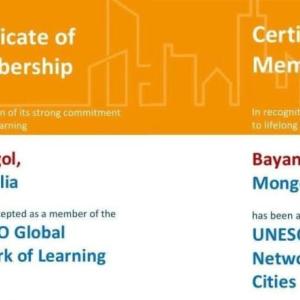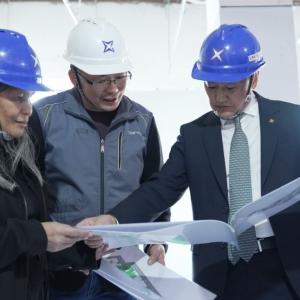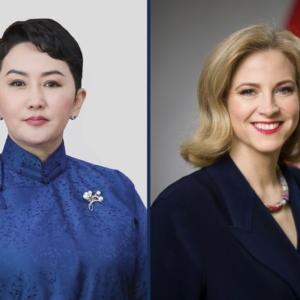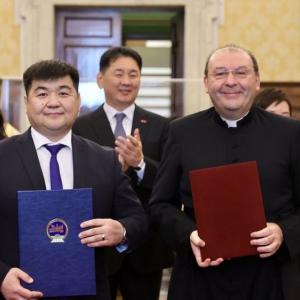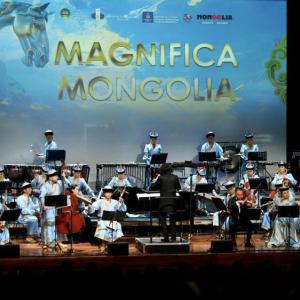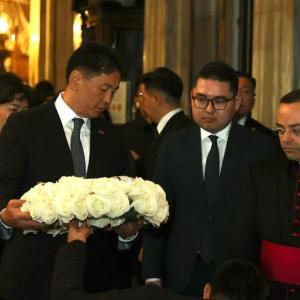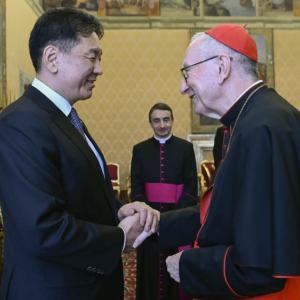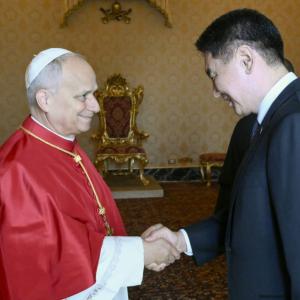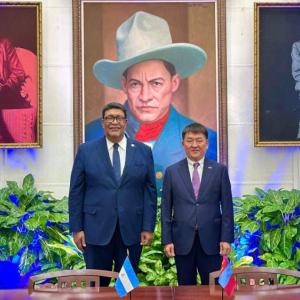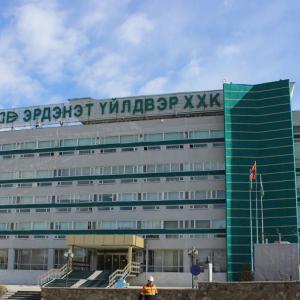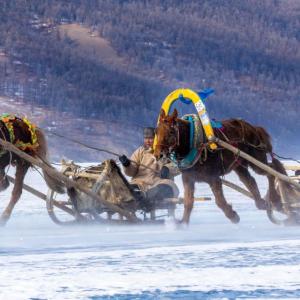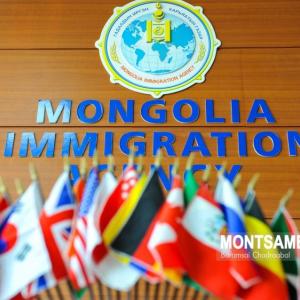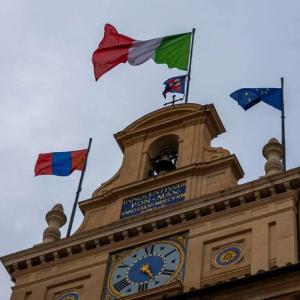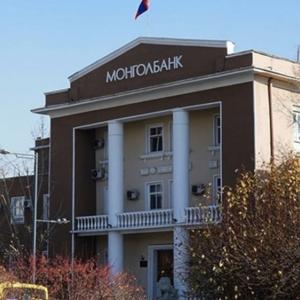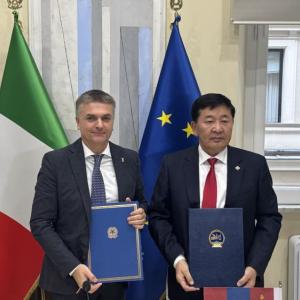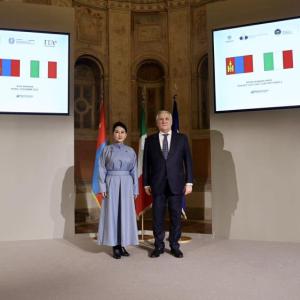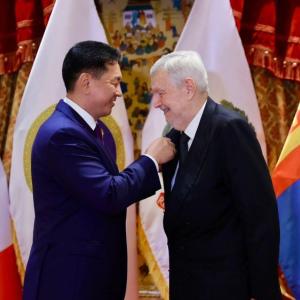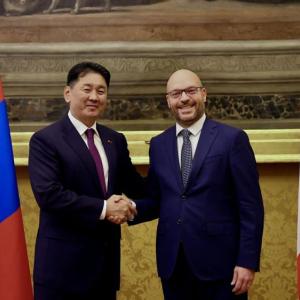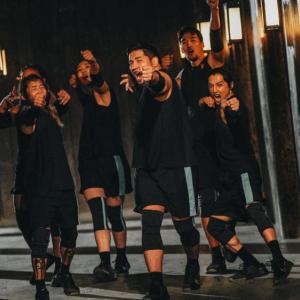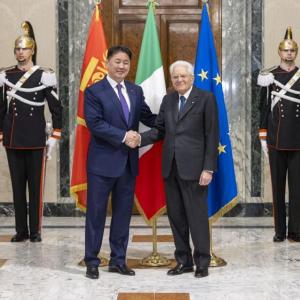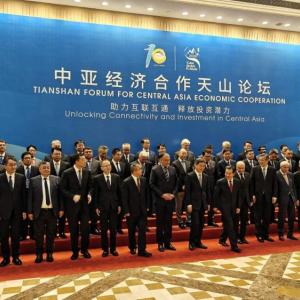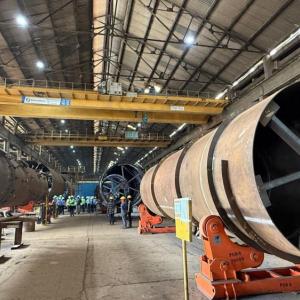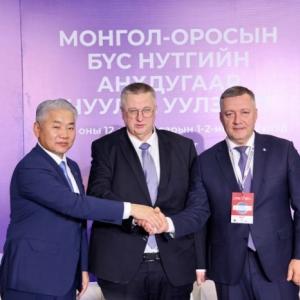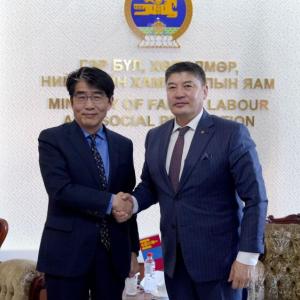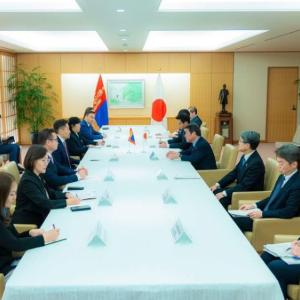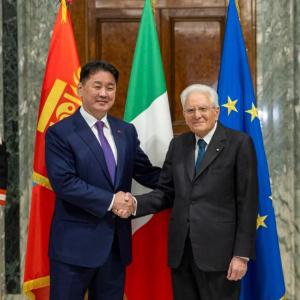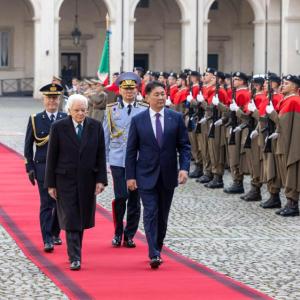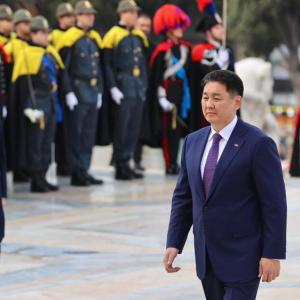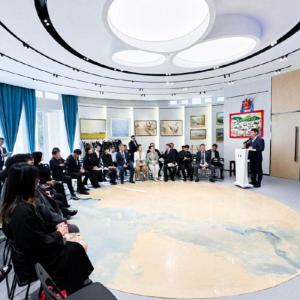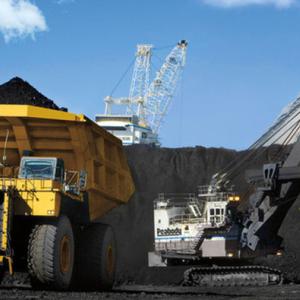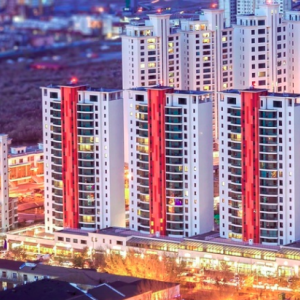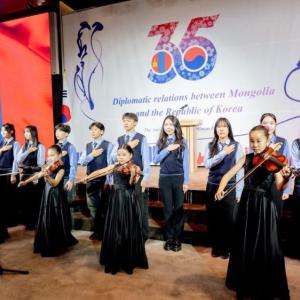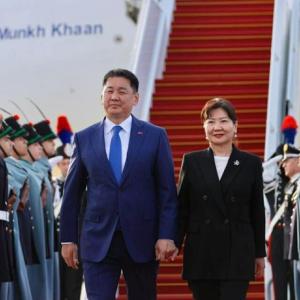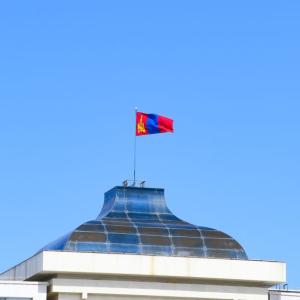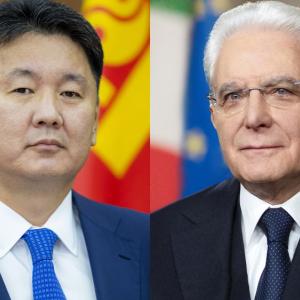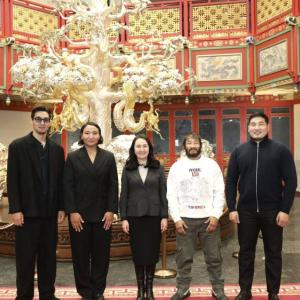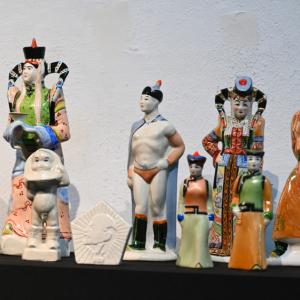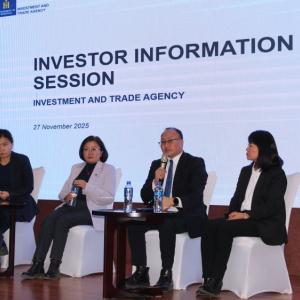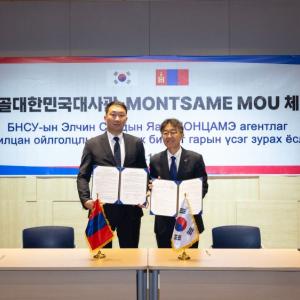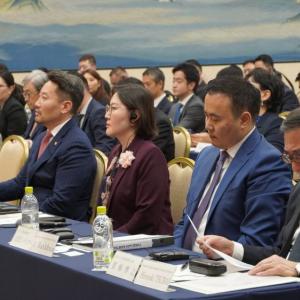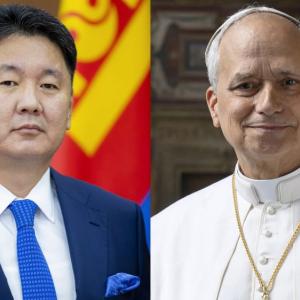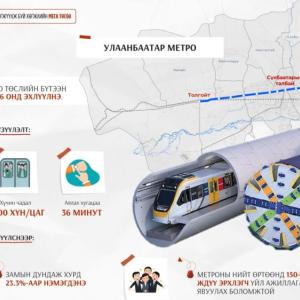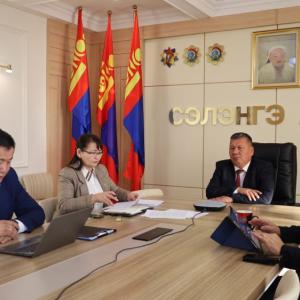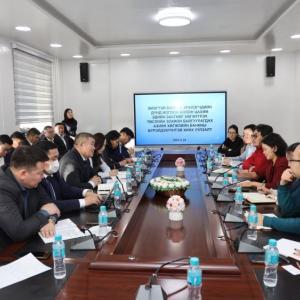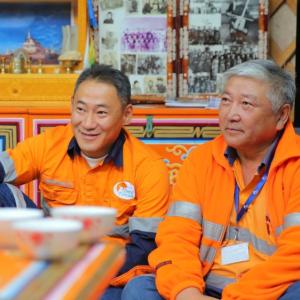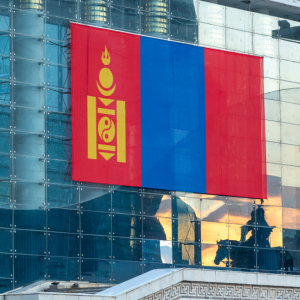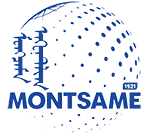Ulaanbaatar, August 19, 2025 /MONTSAME/. Mongolia will serve as Co-Chair (East Asia Regional Coordinator) of the Forum for East Asia–Latin America Cooperation (FEALAC) for the 2025–2027 term. Mongolia will host the 10th FEALAC Foreign Ministers’ Meeting and the Senior Officials’ Meeting on August 20-22, 2025. In connection with this, we present an article by Dr. Sc., Professor Ulambayar Denzenlkham.
Contemporary multilateral diplomacy continues to generate new trends and shifts. These include military diplomacy in the form of peacekeeping operations, preventive diplomacy, emergency and crisis preparedness, rapid response and command mechanisms, as well as linkages among regional integration processes that give rise to new transcontinental formats of cooperation. Examples include the U.S.–Mongolia–Japan trilateral cooperation format; the Quadrilateral Security Dialogue among the United States, Japan, India, and Australia; the China–Central and Eastern Europe Summit; the Forum on China–Africa Cooperation (FOCAC); and the China–Latin America and Caribbean dialogue (China–CELAC). As diplomatic actors and agendas expand, issues such as trade, economy, investment, finance, information and communications technology, public health, and the environment have assumed growing importance. These are areas which classical or traditional diplomacy alone can no longer resolve. With the onset of the Fourth Industrial Revolution, digital processes have rapidly entered diplomatic practice, giving rise to concepts such as digital diplomacy, digital embassies, digital ambassadors, internet freedom, and digital secretariats. Facebook and Twitter diplomacy now strongly influence public opinion and electoral processes, while social media networks have become the principal drivers of “color revolutions.” Digitalization has also permeated the activities of defense and intelligence agencies with great force.
These changes not only signal new directions in multi-pillar diplomacy, but also embody a multidimensional diplomatic paradigm. Increasingly, middle-power states seek to steer and resolve pressing regional issues with relatively limited involvement from the great powers. It is in this context that the transcontinental cooperation format of FEALAC, and Mongolia’s role within it, merit attention.
On the East Asian side, FEALAC brings together ASEAN and its ten member states, together with China, Japan, the Republic of Korea, Mongolia, Australia, and New Zealand. On the Latin American side, the Forum encompasses the Southern Common Market, MERCOSUR, comprising Brazil, Argentina, Paraguay, and Uruguay as full members, with Chile, Colombia, Ecuador, Peru, Guyana, and Suriname as associated members, and Mexico and New Zealand as observers. It also includes the Andean Community, composed of Bolivia, Colombia, Ecuador, and Peru, as well as selected members of the Caribbean Community (CARICOM). For Mongolia, participation in FEALAC is therefore of considerable importance, as it links the country with one of the largest free trade areas and integrated markets in Latin America, while serving as a bridge between two of the most dynamic regions of the Pacific.

Foundation of East Asia–Latin America Cooperation
The foundation of East Asia–Latin America cooperation was laid in September 1998, when Prime Minister of the Republic of Singapore Goh Chok Tong paid an official visit to the Republic of Chile. During the visit, Goh Chok Tong proposed to President Eduardo Frei the initiative to expand cooperation between the two regions under new circumstances. As a result, the first East Asia–Latin America Forum (EALAF) was held in Singapore in September 1999 at the level of senior officials of the relevant ministries, establishing the basis for the Forum for East Asia–Latin America Cooperation (FEALAC).
FEALAC was established in 1999 as a permanent official dialogue mechanism to promote cooperation, mutual trust, and broad-based political and economic dialogue between East Asia and Latin America. Today, the forum brings together 36 countries, of which 16 are from East Asia and the Pacific — namely, the ten ASEAN member states (Brunei Darussalam, the Kingdom of Cambodia, the Republic of Indonesia, Lao People’s Democratic Republic, Malaysia, the Republic of the Union of Myanmar, the Republic of the Philippines, the Republic of Singapore, the Kingdom of Thailand, and the Socialist Republic of Vietnam), as well as Japan, the Republic of Korea, the People’s Republic of China, Mongolia, the Commonwealth of Australia, and New Zealand. The other 20 are from Latin America, including the original 1999 members—Argentine Republic, Plurinational State of Bolivia, Federative Republic of Brazil, Republic of Chile, Republic of Colombia, Republic of Panama, Republic of Peru, Oriental Republic of Uruguay, Republic of Paraguay, Bolivarian Republic of Venezuela, United Mexican States, Republic of Cuba, and Republic of Ecuador—joined later by Republic of Costa Rica (2001), Republic of El Salvador (2001), Republic of Guatemala (2004), Republic of Nicaragua (2004), Dominican Republic (2007), Republic of Honduras (2011), and Republic of Suriname (2011).
As a cross-continental permanent cooperation mechanism, FEALAC operates on three levels:
-Biennial Meetings of Ministers of Foreign Affairs held alternately in each region,
-Meetings of senior officials,
-Joint working group meetings.
At these levels, member states implement joint projects and programs, adopt recommendations, and make decisions through three thematic working groups:
-Political, cultural, and educational affairs,
-Economic and social affairs,
-Science and technology.
FEALAC defines its purpose as supporting comprehensive cooperation between East Asia and Latin America, deepening mutual understanding, and building political and economic dialogue on vital issues across all sectors based on a new framework of effective and friendly relations. The Forum upholds principles of respecting national sovereignty and territorial integrity, non-interference in internal affairs, equality, mutual benefit, and the common interests of development. It emphasizes understanding and respecting each country’s distinct civilization, lifestyle, and cultural identity, while ensuring decisions are taken based on consensus.
In articulating its objectives, FEALAC states: “To enhance mutual understanding, trust, political dialogue, and friendly cooperation among member countries by strengthening trade, investment, finance, science and technology, environmental protection, culture, education, and sports; to expand people-to-people exchanges; to reveal the potential of responsible and orderly multilateral diplomacy; and to establish a common basis for addressing international political and economic issues through cooperation, overcoming differences together, and guiding actions by shared interests.”
The dynamic economies of developing countries in both regions are seen as complementary to one another. The global trend of regional cooperation underscores the necessity of intercontinental collaboration between East Asia and Latin America, given the absence to date of a formal and permanent mechanism of cooperation between the two regions.
The first meeting of Foreign Ministers of the two regions was held in Santiago, the capital of the Republic of Chile, in March 2001. At this meeting, the East Asia–Latin America Forum (EALAF) officially adopted the name Forum for East Asia–Latin America Cooperation (FEALAC) and issued a founding document defining its objectives, tasks, and principles. The 2nd Foreign Ministers’ Meeting took place in Manila, the capital of the Republic of the Philippines, in January 2004, where ministers adopted the “Manila Plan of Action,” consolidating cooperation and mutual understanding between the two regions. The third meeting was held in Brasília, the capital of the Federative Republic of Brazil, in August 2007, and approved a Declaration and Action Program outlining future development directions.
The fourth meeting was hosted in Tokyo, the capital of Japan, in January 2010. The “Tokyo Declaration” reviewed FEALAC’s achievements over its first ten years, identified emerging opportunities and challenges, and noted the sharp rise in trade and cooperation between the two regions. Today, FEALAC encompasses 40 percent of the world’s population, 26 percent of global GDP, and 40 percent of world trade.
The Declaration highlighted the role of the G20 in addressing the global financial and economic crisis, called for progress in the Doha Round of WTO negotiations, and expressed full support for the “Framework for Strong, Sustainable and Balanced Growth” adopted at the G20 Pittsburgh Summit in September 2009. The activities of FEALAC’s three Working Groups were outlined as follows:
1. Working Group on Political, Cultural, Educational, and Sports Cooperation:
-Research, analysis, cultural and intellectual exchange;
-Exchanges among parliamentarians, policymakers, and journalists;
-Promotion of environmental awareness;
-Expansion of sports exchanges.
2. Working Group on Economy and Society:
-Environment and sustainable development;
-Poverty reduction and social welfare;
-Promotion of trade and investment;
-Expansion of information and communication technology;
-Support for small and medium-sized enterprises;
-Tourism;
-International labor migration;
-Infrastructure and integration.
3. Working Group on Science and Technology:
-New and renewable energy;
-Greenhouse gas reduction technologies;
-Disaster risk reduction management;
-Technological innovation;
-Prevention and control of pandemics.
At the Fifth FEALAC Foreign Ministers’ Meeting, held in Buenos Aires, the capital of the Argentine Republic, in August 2011, a Joint Declaration was adopted. The declaration included specific goals on reforming the United Nations, expanding the membership of the Security Council with continental representation, strengthening nuclear non-proliferation, human rights, climate change, and combating transnational crime. The meeting also decided to establish a “Vision Working Group” to draft FEALAC’s medium- and long-term objectives and implementation strategy, while enhancing cooperation with global and regional economic and financial institutions such as ECLAC, the Inter-American Development Bank, the Asian Development Bank, and the UN ESCAP.
The Sixth Meeting, held in June 2013 on Bali Island, the Republic of Indonesia, adopted the Uluwatu Declaration. It reviewed the recommendations of the Vision Working Group, decided to establish the FEALAC Cyber Secretariat to strengthen information exchange among member countries, and adopted its rules of procedure. Ministers recognized FEALAC’s growing role as an important factor in interregional multilateral cooperation and noted that FEALAC member countries collectively accounted for 33.43 percent of global GDP and 29.82 percent of world trade.
The Seventh Meeting took place in San José, the capital of the Republic of Costa Rica, in August 2015, where ministers adopted the San José Declaration. It emphasized the need for FEALAC to serve as a strategic bridge among international and financial institutions of both regions, endorsed the Guidelines for the Working Process of FEALAC, and called for strengthening the use of the Cyber Secretariat.
The Eighth Meeting was successfully held in Busan, Republic of Korea, in August 2017. The ministers adopted the Busan Declaration and approved the FEALAC Plan of Action. They also established the FEALAC Fund to support activities. The Declaration called for mobilizing unused resources of FEALAC, aligning policies to address economic and environmental challenges, and reaffirmed support for UN sanctions aimed at denuclearizing the Korean Peninsula while encouraging inter-Korean dialogue. The ministers also pledged to combat violent extremism and terrorism, enhance information exchange, strengthen monitoring of the UN Convention against Transnational Organized Crime, uphold the Paris Agreement on climate change, and reinforce South-South Cooperation.
The Ninth FEALAC Foreign Ministers’ Meeting was held in November 2019 in Santo Domingo, the capital of the Dominican Republic, where the Santo Domingo Declaration was adopted. The declaration reviewed FEALAC’s 20 years of achievements. To mark the 20th anniversary, member states agreed to convene a commemorative high-level meeting to further strengthen FEALAC’s mechanisms and expand its vision. The meeting also endorsed the possible rotation of regional coordinators and decided to merge “Climate Change” into the Working Group on Political-Social Cooperation and Sustainable Development, renaming it the Working Group on Political-Social Cooperation, Sustainable Development, and Climate Change.
The Tenth Meeting of the Forum for East Asia–Latin America Cooperation (FEALAC) Foreign Ministers, initially scheduled to be held in the Lao People’s Democratic Republic in autumn 2021, was postponed due to the COVID-19 pandemic.
Over the past 20 years, since its establishment, FEALAC has successfully implemented more than 460 national and regional projects and programs. Notable examples include: the 2015 “Investment Opportunities in FEALAC” in the Argentine Republic; the 2016 “Enhancing the Competitiveness of Latin America’s Robotics Industry” in Japan; “Promoting Cultural Exchange between Cities” in the Socialist Republic of Vietnam; “Expanding the FEALAC University Network” in the Kingdom of Thailand; and “Developing a Databank for FEALAC Science and Technology Cooperation” in the Argentine Republic.
Further projects included the 2018 “ASEAN+FEALAC Port-to-Port Cooperation Training” in the Republic of Indonesia; the 2019 “Trade and SME Cooperation” in the Republic of Korea; the “China–Latin America Business Summit” in the People’s Republic of China; and the “Journalists’ Exchange Program” in the Republic of Singapore. In 2020, the United Mexican States hosted the 26th training program on “Mexican Foreign Policy” for diplomats from Latin America and the Caribbean; the Republic of Colombia carried out “Developing Cultural Tourism”; and the Republic of Indonesia promoted “Women’s Entrepreneurship during the COVID-19 Pandemic.” In spring 2021, the Republic of Cuba implemented “Management and Operations of the Casablanca Shipyard” as part of technical cooperation initiatives.
In addition, the Argentine Republic in 2021 organized the “Senior Diplomats’ Training Program” and the “ePhyto and Trade Modernization” project. Among regional initiatives were the 2018–2020 “Value Chains for Deep Integration in FEALAC” program and “Reducing Inequality among FEALAC Member States: From Single-Path Solutions to Innovation-Driven Policy Options.”
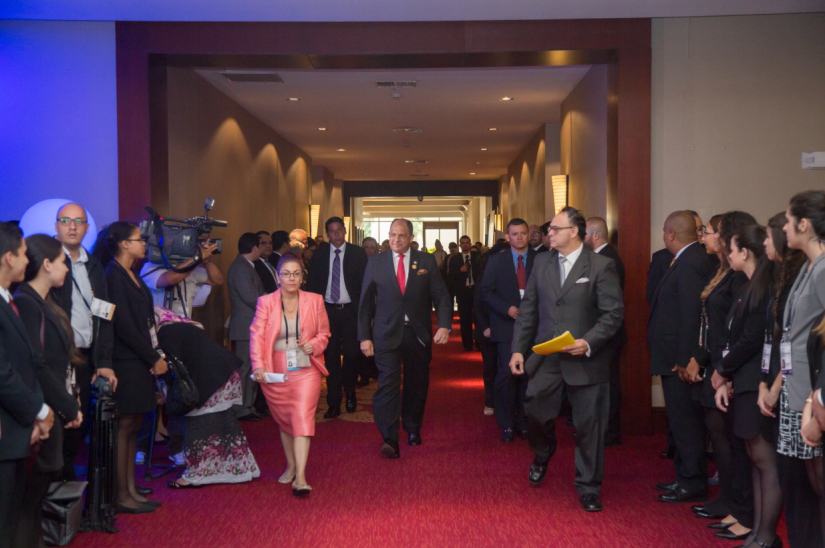
Mongolia’s Accession to FEALAC
At the 4th FEALAC Foreign Ministers’ Meeting, held in Tokyo in January 2010, Mongolia was formally admitted as the Forum’s 34th full member. The Mongolian delegation, headed by State Secretary of the Ministry of Foreign Affairs of Mongolia Tsogtbaatar Damdin, expressed the Government’s gratitude upon accession.
The delegation emphasized that Mongolia’s participation in this Trans-Pacific Partnership was consistent with its multi-pillar foreign policy and national interests, reflecting its aspiration to play an active role in Asia–Pacific political and economic partnerships. Mongolia also expressed interest in joining FEALAC’s projects and programs, exchanging experience on development issues, and exploring cooperation with Latin America in areas such as meat exports and mining. Additionally, Mongolia highlighted opportunities to strengthen ties with other landlocked states within the Forum.
During the meeting, State Secretary Tsogtbaatar held bilateral talks with the State Councilor and Foreign Minister of the People’s Republic of China, Yang Jiechi, Foreign Minister of the Kingdom of Thailand, Kasit Piromya, Deputy Prime Minister and Foreign Minister of Cambodia, Hor Namhong, and Vice Foreign Minister of the Republic of Cuba, Marcos Rodríguez Costa. The sides agreed on the importance of continuing active cooperation both within FEALAC and bilaterally, and reaffirmed mutual support. Foreign Minister Kasit Piromya noted Thailand's intention to expand assistance to Mongolia, including by increasing opportunities for Mongolian students to participate in short- and long-term training programs in Thailand.
FEALAC’s 8th Foreign Ministers’ Meeting was convened in Busan, the Republic of Korea, in August 2017, where the Forum’s Program of Action was adopted and the Busan Declaration was issued. Mongolia was represented by Deputy Foreign Minister of Mongolia Battsetseg Batmunkh, who stressed the importance of deepening cooperation between East Asia and Latin America in all possible areas, and highlighted Mongolia’s potential for cooperation in agriculture, mining, and tourism. Deputy Minister Battsetseg voiced Mongolia’s support for the Program of Action, the FEALAC Fund, and the Busan Declaration, and emphasized that FEALAC was evolving into a permanent mechanism of dialogue aimed at strengthening cooperation and mutual understanding between the two regions.
On this occasion, Deputy Minister Battsetseg held bilateral consultations with Kang Kyung-wha, the newly appointed Foreign Minister of the Republic of Korea, Jorge Marcelo Faurie, Foreign Minister of the Argentine Republic, Oscar Cabello Sarubbi, Deputy Foreign Minister of the Republic of Paraguay, and Carlos Icaza González, Deputy Foreign Minister of the United Mexican States, during which they exchanged views on bilateral relations and cooperation. At the same time, Deputy Minister Battsetseg and Argentine Foreign Minister Jorge Marcelo Faurie signed the Agreement on the Mutual Exemption of Visa Requirements for holders of diplomatic, official, and ordinary passports.
The Busan meeting brought together nearly twenty ministers and deputy ministers, as well as heads of international organizations, underscoring FEALAC’s growing profile as a transcontinental dialogue mechanism. Mongolia had also participated in previous forums, being represented at the Sixth Forum in Bali in 2013 by Ambassador Battumur Chimeddorj, then resident in Thailand; at the Seventh Forum in San José, Costa Rica, in 2015 by Battungalag Gankhuurai, Director of the Department of Multilateral Cooperation of the Ministry of Foreign Affairs; at the Ninth Forum in Santo Domingo, Dominican Republic, in 2019 by Ambassador-at-Large Amartuvshin Gombosuren; and at the Twenty-First Senior Officials’ Meeting, convened virtually by Brazil in November 2021 due to the COVID-19 pandemic, by Nyamaa Doljintseren, Deputy Director of the Department for the Americas, Middle East and Africa, and Officer Buyanjargal Badamsuren of the Ministry of Foreign Affairs.
Analysts note that FEALAC’s immediate priority is to move interregional cooperation beyond technical assistance toward business partnerships, free trade and economic cooperation, industrial production, services, and digital technologies. They emphasize the importance of involving the Mongolian National Chamber of Commerce and Industry (MNCCI) in joint business forums with Latin American partners. Experts further point out the necessity of convening a high-level transcontinental summit between East Asia and Latin America in the near future.
In an era when globalization, digitalization, and geopolitical dynamics are reshaping international relations, the foreign policy of small states must be pragmatic. Multidimensional diplomacy represents a key feature of such pragmatism. For small states, safeguarding national interests and security in an increasingly anarchic international system requires adherence to the principles of multi-pillar diplomacy pursued along multidimensional lines.
Mongolia has actively engaged in diverse formats: the Russia–Mongolia–China trilateral summit mechanism (est. 2014), ASEAN Regional Forum (1998), PECC (2000), guest status in APEC (2000), EBRD membership (2000), CICA (2002), ACD (2004), EU Partnership and Cooperation Agreement (2013), ASEAN Treaty of Amity and Cooperation (2005), ASEM (2006), FEALAC (2010), EFTA Joint Declaration (2007), OSCE membership (2012), OECD partnership relations (2000), SCO observer status (2004), negotiations on a free trade agreement with the EAEU, ASEAN+3 initiative (2013), the Ulaanbaatar Dialogue Track 1.5 process (2018), mediation meetings hosted in Ulaanbaatar (Japan–DPRK 2007, 2009, 2018; U.S.–DPRK 2014), the U.S.–Mongolia–Japan trilateral format (2015, 2017, 2018, 2020), establishment of the UN-recognized International Think Tank for Landlocked Developing Countries in Ulaanbaatar (2009), and founding membership in the AIIB (2014). These are all manifestations of Mongolia’s multidimensional diplomacy.
Mongolia has also made significant contributions to UN peacekeeping diplomacy. Following a 1999 MoU with the UN and the adoption in 2002 of a law authorizing participation in peace operations, Mongolian officers began serving as UN military observers that same year. By 2021, Mongolia ranked 17th among 124 troop-contributing countries, 17th among 112 countries for female peacekeepers, and first in Northeast Asia. A total of 886 Mongolian military personnel served across five missions: South Sudan, Western Sahara, the Democratic Republic of the Congo, Sudan’s Darfur region, and the Abyei area. Since 2016, Mongolian civilians and police officers have also independently taken part in peace operations.
Mongolia has worked with NATO under the Partners Across the Globe initiative, holding “partner country” status. Since March 2012, cooperation has been carried out under the Individual Partnership and Cooperation Programme (IPCP), which was renewed in April 2020. Mongolia also supported NATO-led efforts in Afghanistan.
FEALAC provides an additional avenue for Mongolia to implement its Third Neighbor policy. For example:
-With Japan (strategic partner), the Republic of Korea (comprehensive partner), and Australia (broad partner) in trade, business, and the economy.
-With Brazil in agriculture.
-With Chile in mining.
The Third Neighbor policy aligns with the concept of soft power, described by Joseph S. Nye as the ability to achieve outcomes by attraction through culture, values, and ethical leadership, rather than coercion. Yet for small states, neither hard power nor soft power alone is sufficient. They must pursue smart power — the balanced integration of both approaches, adapted to internal and external circumstances. At its core, this balance is about safeguarding economic interests, which remain central to security, independence, and development.
Mongolia’s nuclear-weapon-free status was politically guaranteed by the P5 in September 2012, but has not yet been codified in international law. Cooperation with FEALAC partners is therefore essential. Latin America and the Caribbean declared themselves a nuclear-weapon-free zone through the 1967 Treaty of Tlatelolco, and ASEAN did the same through the 1995 Bangkok Treaty. The support of these regions, both legally recognized under international law, is vital for Mongolia’s efforts to consolidate its status.
At the same time, cooperation can expand in culture, education, and tourism — including university faculty and student exchange programs, cultural initiatives, and broadening people-to-people ties across East Asia and Latin America.
National economies today operate under the rules of the global market. States’ ability to control and allocate their wealth and resources is no longer confined within national borders, while distinctions between foreign and domestic policy are fading. Globalization and digital processes have become decisive drivers of development, and mutual interdependence has emerged as a major determinant of national security. Principles such as equality, fairness, diversity, and shared responsibility in international relations are thus increasingly important.
For small states, an active multi-pillar foreign policy and multidimensional diplomacy are themselves forms of defense. Mongolia’s outdated image — as a small, aid-dependent, landlocked developing country, trapped between two great powers and remote from markets — is being transformed.
In 2011, Mongolia’s economy recorded an extraordinary 17.8 percent growth rate, one of the highest in the world, a performance that led The Diplomat magazine to describe the country as a “pony trotting between a great bear and a great dragon.” That characterization, however, soon proved insufficient. Today, Mongolia can more accurately be regarded as a galloper — situated close to the world’s fastest-growing regions, endowed with vast reserves of minerals, raw materials, and energy, and increasingly at the center of geopolitical and geo-economic interest from neighbors, major powers, and transnational communities. This evolving position brings with it not only unprecedented opportunities but also significant new risks. In such an environment, the practical demands of international relations are threefold: to cultivate the art of preventive diplomacy, to ensure readiness and rapid decision-making in times of crisis, and to advance economic diplomacy to safeguard national security not only through political and diplomatic channels but also through foreign relations that generate tangible economic benefit
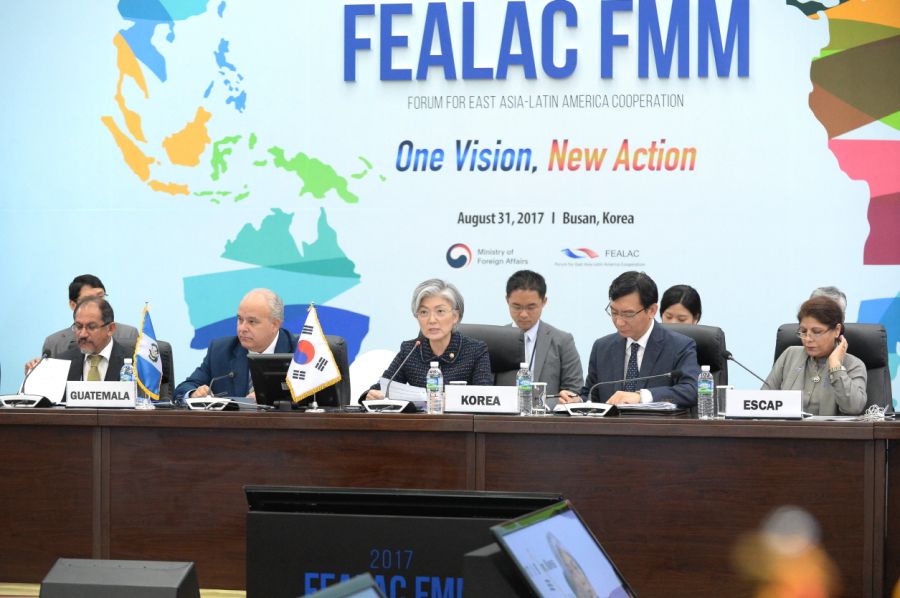


 Ulaanbaatar
Ulaanbaatar






